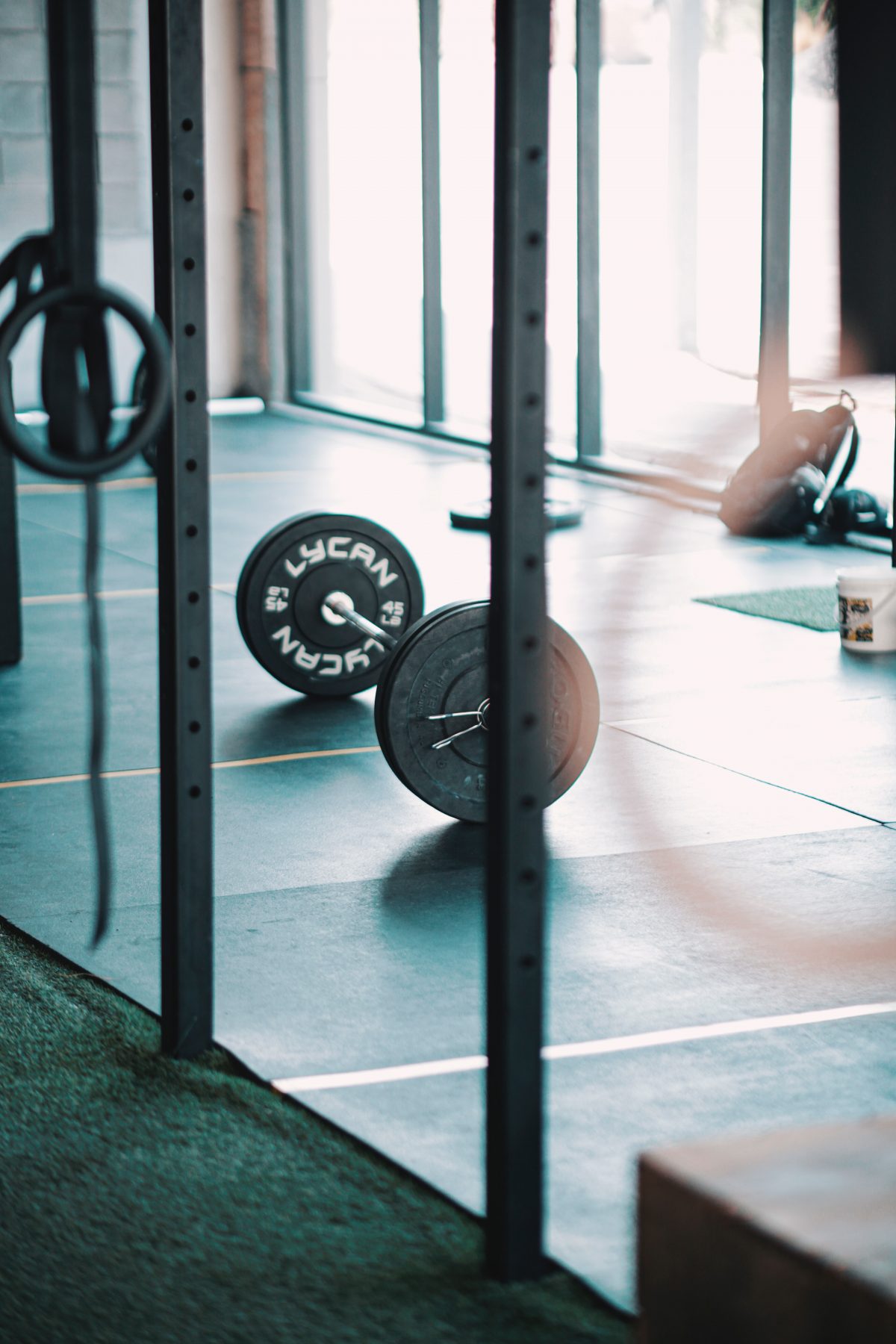
Make Sure Your Fitness Plan Is Smart
If you’re reading this, you know how important exercise is.
However, there are right ways to exercise and there are wrong ways. In order to get the greatest benefit from your workout and prevent possible injury, you’ve got to do it the right way.
What is the right way? You’re about to find out.
No Pain, No Gain? You’ve heard the phrase “No pain, no gain.” But this isn’t exactly true for exercise. Actually, exercising doesn’t have to cause pain in order to get you in shape.
If you are just beginning to exercise, a little muscle soreness is to be expected. But don’t give up. Work through it, stick with your exercise routine, and in few days the soreness should be gone for good.
If you ever do experience severe pain while exercising, stop until it goes away. If it lasts for more than a few days, see your doctor.
Three Parts. What does a balanced exercise plan look like to you? Is walking 30 minutes four days a week enough? Lifting weights four times a week? In a word, no.
There are actually three components of a balanced workout routine: aerobic, strength training, and flexibility exercises. Aerobic or cardio exercises strengthen your lungs and heart. Examples include running, walking, swimming, cycling, and basketball. Strength or resistance training exercises keep your bones and muscles strong and help with coordination and balance. Strength training refers to weight lifting, weight machines, resistance bands, and body-weight exercises.
The third part of a balanced exercise routine includes flexibility exercises to reduce your risk of injury and improve your body’s range of motion. Examples include stretching, yoga, and tai chi.
It doesn’t matter what order you perform your aerobic and strength-training exercises unless you have specific goals. Working on endurance? Go cardio first. Trying to get stronger or burn calories? Hit the weights first. Just be sure to incorporate all three types of exercise each week.
Warm-Up and Cool Down. If you don’t warm up before or cool down after exercising you could harm your muscles.
The best way to get your muscles ready for exercise is to include a brief time of light aerobics such as brisk walking or steady cycling to get your breathing and heart rate slightly elevated. To cool down, continue exercising at a slower pace or lower level of intensity for about 5 to 10 minutes. Then end with a few gentle stretches to loosen your muscles, ligaments, and tendons. A cool-down period will help your muscles recover and help prevent injury or soreness.
Target Heart Rate. To get the greatest benefit from your workout, it is important to exercise at your target heart rate zone. To determine your target heart rate, you must first find your maximum heart rate. To do this, subtract your age from 220. Your target heart rate is 50-85 percent of your maximum heart rate.
For example, if you are 40 years old, your maximum heart rate is 180 and your target heart rate is between 90 and 153 beats per minute.
To measure your pulse, place your fingers on your wrist or the arteries on your neck and count how many beats you feel per minute, or double the number of beats in 30 seconds.
Sports Drink or Water? Your body requires plenty of fluids before, during, and after exercise.
Try to drink at least 20 ounces of water several hours before your workout and eight more ounces about a half-hour before your workout. Then drink about 10 ounces of water every 10 to 20 minutes during exercise.
During normal everyday exercise, water is usually the best for rehydrating. But when you exercise intensely for more than an hour, sports drinks are as good or even better. Sports drinks contain a high amount of carbohydrates, which provide energy. They also help to replace the electrolytes lost from sweating.
The easiest and most effective way to ensure that your workout plan is smart is to put it into the hands of trusted experts.
